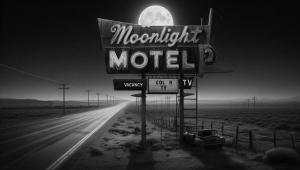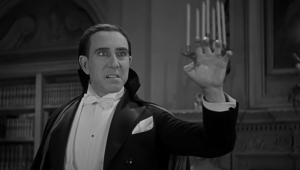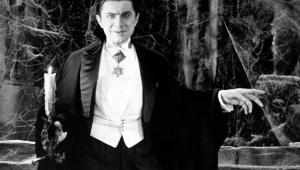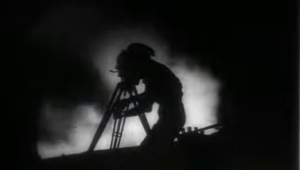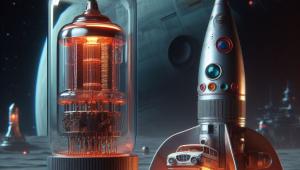Ballet Mécanique: Back To The Future
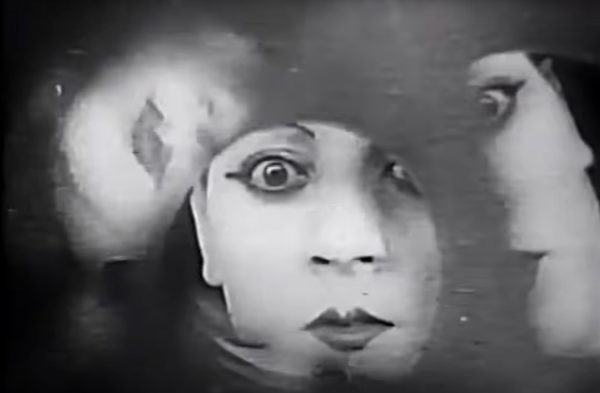
I was watching this video on X. It is a piece of music that uses sounds from a Tesla factory to create techno beats. I am told that the artists involved are Ljebe, danilo, and Sanja 3x9. I am not familiar with their work, but I like this piece. It seems very modern. So, anyway, I was watching this video and of course it immediately reminded me of the Ballet Mécanique.
It was then that it struck me. If we use the sounds of a Tesla factory as a benchmark for modernity, the Ballet Mécanique is far more futuristic. Because it is more modern than today's most modern thing, obviously it is from the future, specifically, 100 years from now. You see, the Ballet Mécanique was created in 1924. So, clearly, time is moving backward. I think that clears up any ambiguity in the timeline I am proposing. As they say, Q.E.D.
The Ballet Mécanique is a film by Fernand Léger in collaboration with Dudley Murphy and Man Ray. It is a classic piece of early experimental film making. Its style is often characterized as Dadaist post-Cubist, but it is so unique that it almost defies classification, which was probably the filmmakers' intent. There is nothing else like it.
We might reasonably wonder what prompted Léger to create such bizarre and absurd images. History tells us that he served in the WWI French army and fought for two years on the Argonne front. Further, he almost died from a mustard gas attack at Verdun. Some critics speculate that the film was his attempt to exorcise the brutal "utilitarian reality" of his wartime experiences. Whether or not he succeeded, we will never know.
The musical score is by George Antheil, an American composer. The original orchestration comprises 16 synchronized player pianos in four parts, 2 regular pianos, 3 xylophones, 4 bass drums, a tim-tam, at least 7 electric bells, 3 airplane propellers, and a siren. The music is famously radical. It is aggressive, repetitive and arrhythmic, percussive and loud. Antheil claimed that he grew up near a machine shop and a prison, and that principally influenced his musical style. Musicologists are divided on this. In any case, like the film, there is nothing else like it.
Originally created as a collaboration, the film maker and the composer had a falling out and the film was premiered in 1924 as a silent film. Antheil reworked his score into a longer concert piece and it was performed with considerable shock and awe to many audiences. It wasn't until 1935 that the film and the score were performed together.
In any case, you can view Ballet Mécanique on YouTube. Here is a link to an original and unrestored version; I prefer it over a digitally restored version that is also available (there are over a dozen different known versions of the film). They are somewhat different and the unrestored version seems more authentic to me; as with an old LP record, the dirt and scratches on the print add character.
So, you can decide to watch the Ballet Mécanique, or not. I should remind you that, as with any binary decision, either choice will route you into one reality, or the other. In particular, there will exist one universe where you will watch the Ballet Mécanique, and also the universe where you will not watch the Ballet Mécanique. Choose wisely. The past will be counting on you.
Postscript #1 I know what you are thinking. Antheil? Why does that name sound so familiar? I'll give you a hint: Nazi U-boats and Hollywood starlets. We'll get into that next time. Which of course was last time.
Postscript #2 I am so confused.
